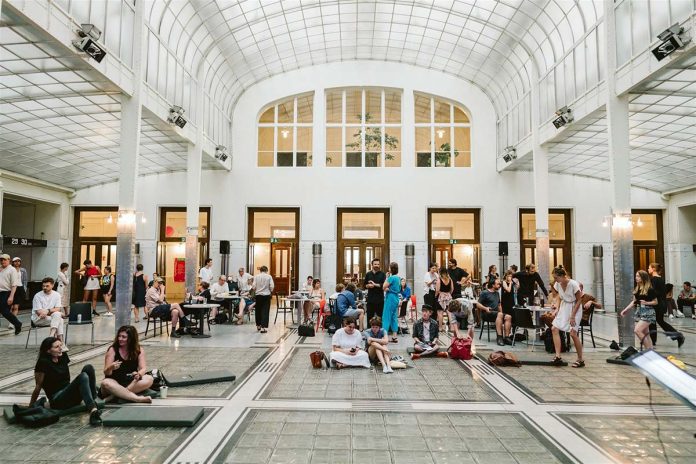
Imperial, romantic, elegant, with its inimitable retro charm. Always captivating, always incredible timely: Vienna is one of the most fascinating capitals of the old continent, an absolute pearl that must be visited. Also for lovers of architecture and design.
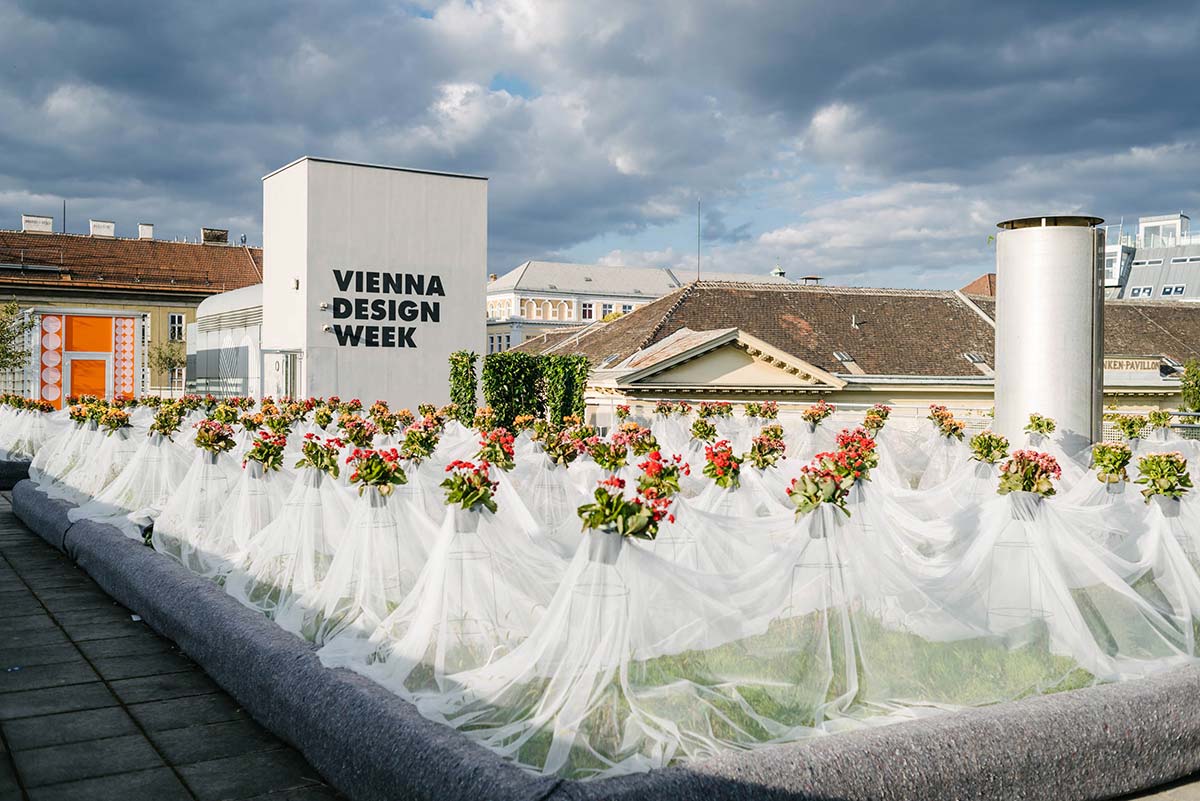
The right occasion these days could be Vienna Design Week 2023, an event that began in 2007, organized by an independent association, from 22 September to 1 October. This year, the focus is on the creation of products and the fundamental role of designers. The week features about 200 events, with 40,000 visitors expected.

The historical center
The tour of the city starts in the historical center, an absolute gem of architecture and design, included in the World Heritage listings of UNESCO. We set off from the Hofburg Palace, the imperial palace of the House of Habsburg, now the residence of the President of Austria. This is a complex of buildings on an area of almost 250,000 square meters, with as many as 19 courtyards and 2600 rooms. Inside there are also various attractions, such as the Austrian National Library, the Imperial Silver Collection, and the Spanish Riding School.
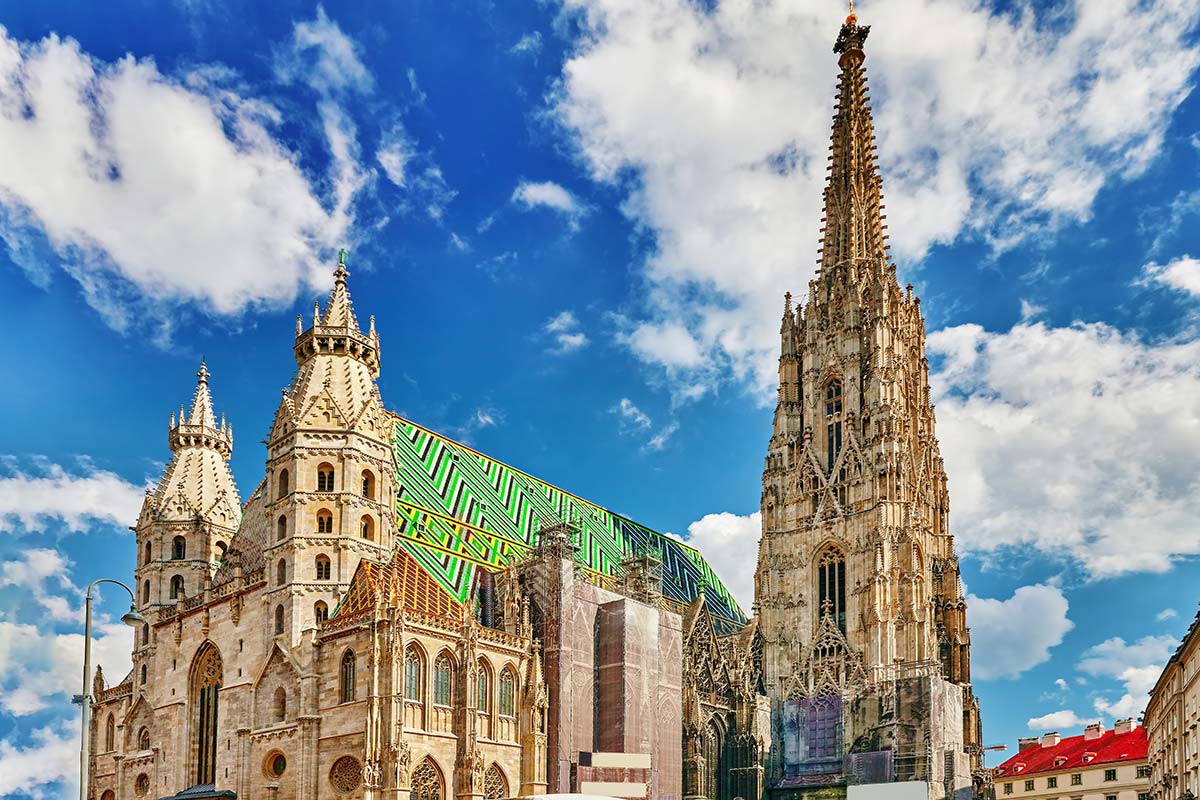
The majestic, fascinating St. Stephen’s Cathedral is an absolute masterpiece of Gothic architecture. It stands on Stephansplatz, one of the most beautiful squares in the Austrian capital. The distinctive features of the cathedral are the dome in Renaissance style placed over the north tower, with the big bell known as the Pummerin inside, and the large crest with the symbol of Austria formed by the roof tiles.
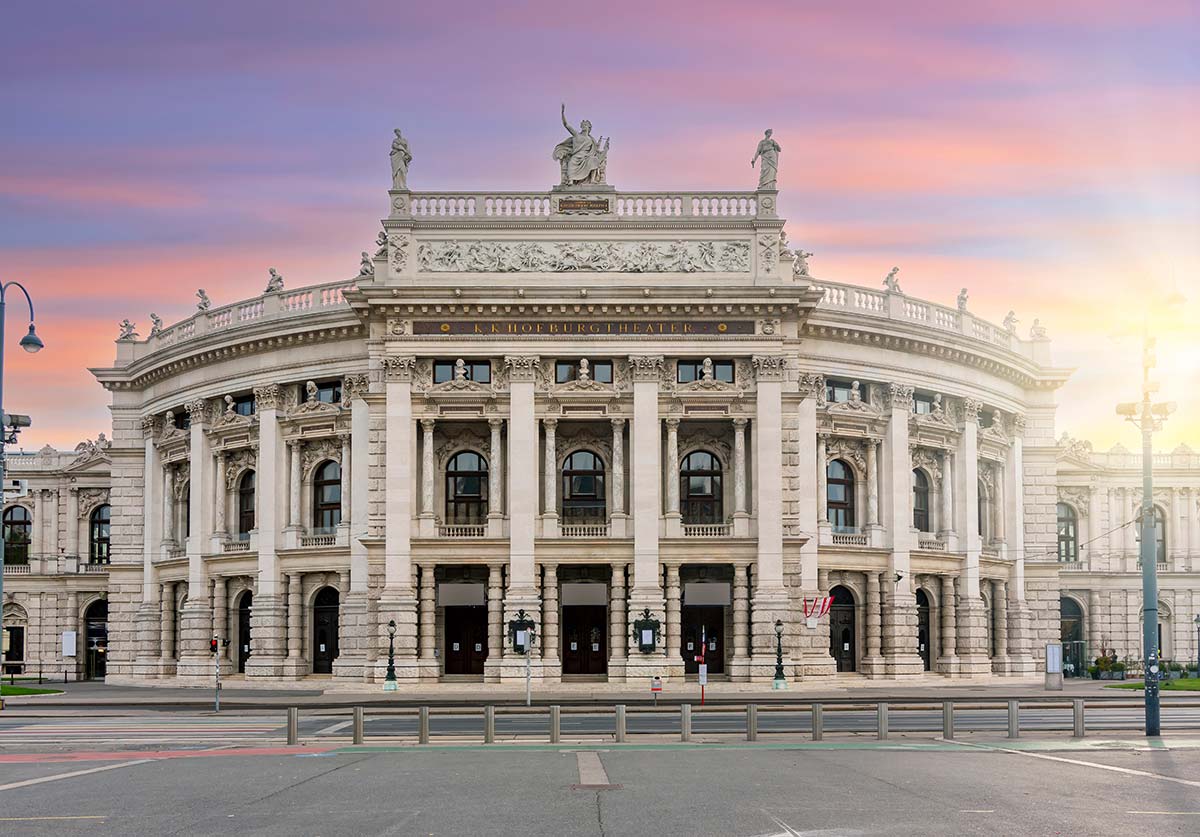
Still in the historical center, we find the Burgtheater, the national theater first opened in 1748. Following the very elegant Kärntner Straße we come across two other Viennese gems: the Hotel Sacher, an admirable example of refinement, and the Albertina Museum, containing a precious collection ranging from Michelangelo to Goya to Picasso.
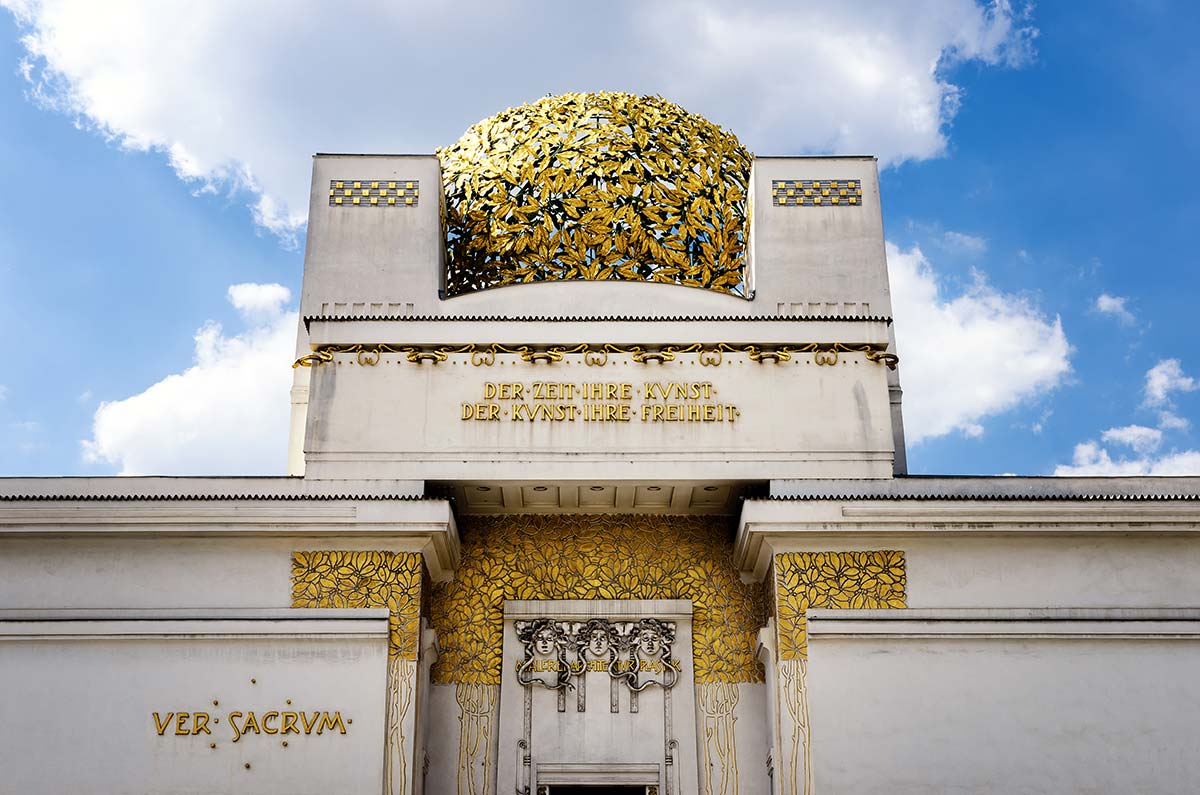
The Secession Building
One of the most famous attractions in the capital is the Secession Building, symbol of the Jugendstil (the counterpart of Art Nouveau). Completed in 1898 based on a design by the young architect Joseph Maria Olbrich, it almost immediately became a world renowned icon of style. The striking feature of the building is the dome clad in sheets of copper covered with gold leaf, the epitome of the movement whose members included Gustav Klimt, Kolo Moser and Josef Hoffmann.
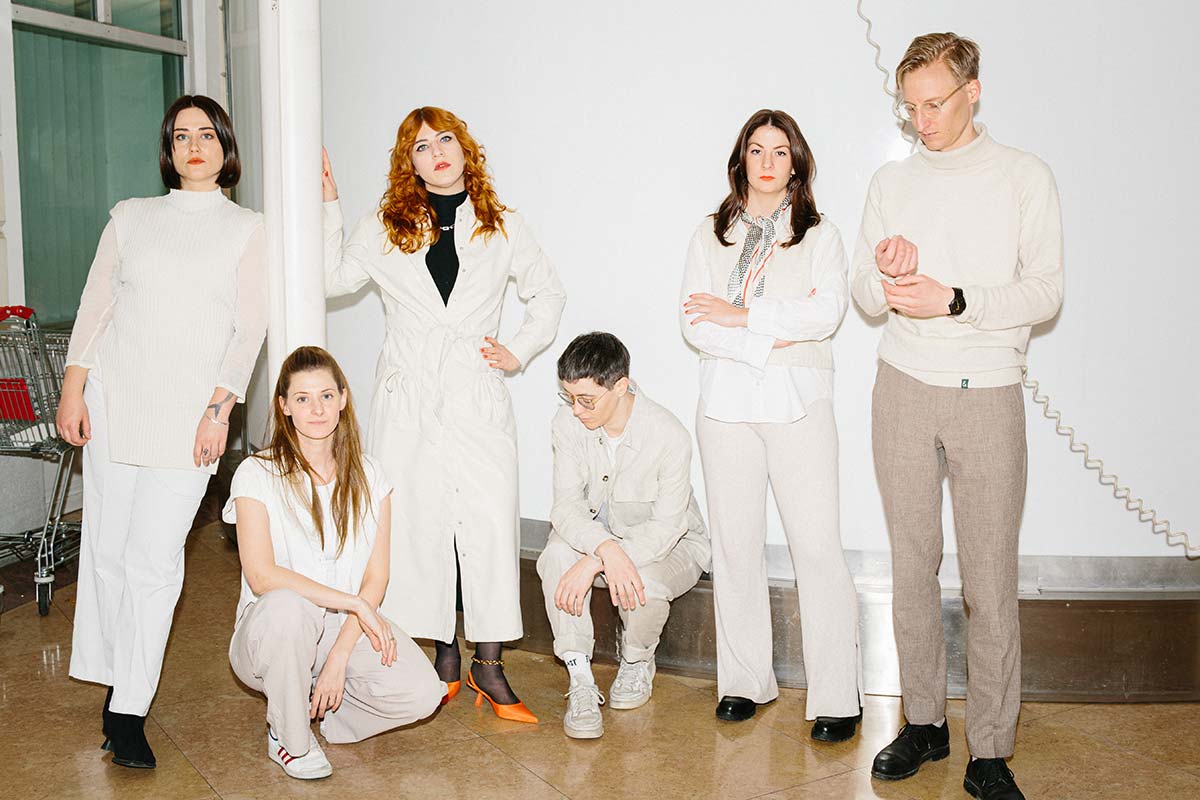
Margarete Schütte-Lihotzky Center
A bit off the beaten track for tourists, but very interesting from a design standpoint, the Margarete Schütte-Lihotzky Center is a museum about the architect who invented the modern modular kitchen, who lived and worked here for three decades. Margarete Schütte-Lihotzky was a pioneer in the field of social housing, a supporter of the women’s movement and an active opponent of National Socialism. Twice a week, on Tuesday and Friday, it is possible to visit her completely restored apartment, with a roof garden and the original furnishings.
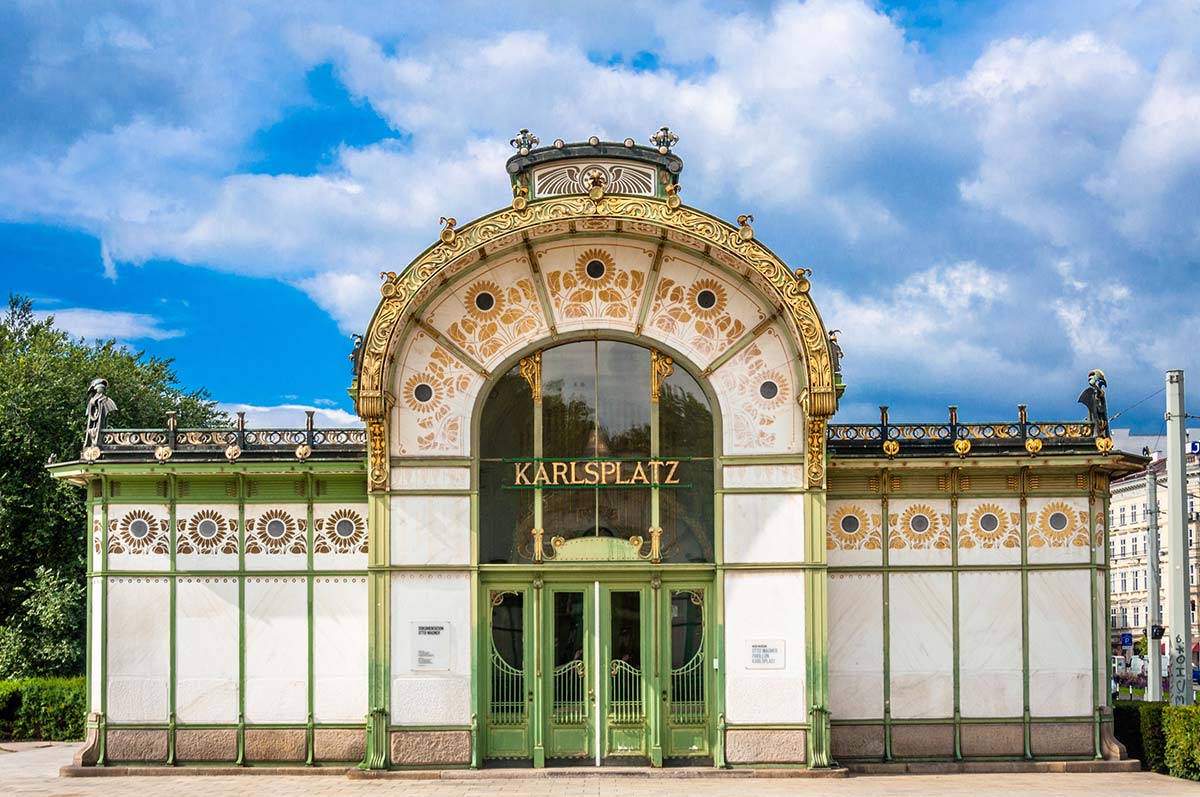
Art Nouveau in Vienna
Strolling in Vienna, you can see many fine examples of Art Nouveau. The Secession, in fact, is clearly visible along the streets of the Austrian capital, enhanced by the works of some of the most important exponents of this artistic and architectural current. Just consider, for example, the works of Otto Wagner with his clean, clear, symmetrical and sober style. His creations include the Majolica House, the Musenhaus on the Wienzeile, the Kirche am Steinhof, the Postsparkasse, and – the most famous, perhaps – the metro stations of Karlsplatz, enhanced by marble and gold, where Wagner chose to leave the skeleton of the iron structure visible. The decorations are particularly refined: marble, glass, tile, metal, colored or gilded stuccowork make these buildings unique.
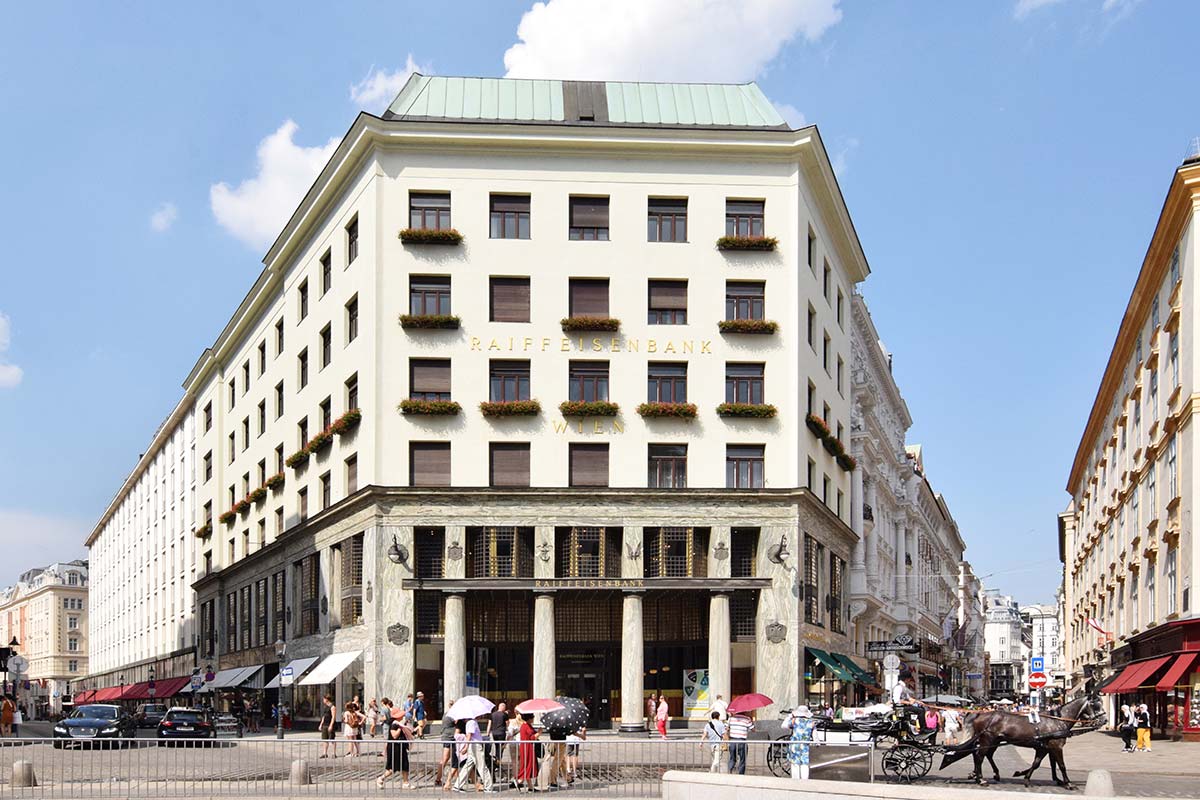
The Looshaus and the American Bar by Adolf Loos
Vienna was the home of another great architect, who had very different ideas with respect to Wagner: Adolf Loos, the maker of strictly functional architecture, certainly a far cry from the Art Nouveau style (he famously asserted that “ornament is crime”). The best example of his approach is precisely the Looshaus on Michaelerplatz. Also known as the “house without eyebrows” because of the lack of decorative window frames, at the time of its construction this work was a symbol of rebellion against the status quo.
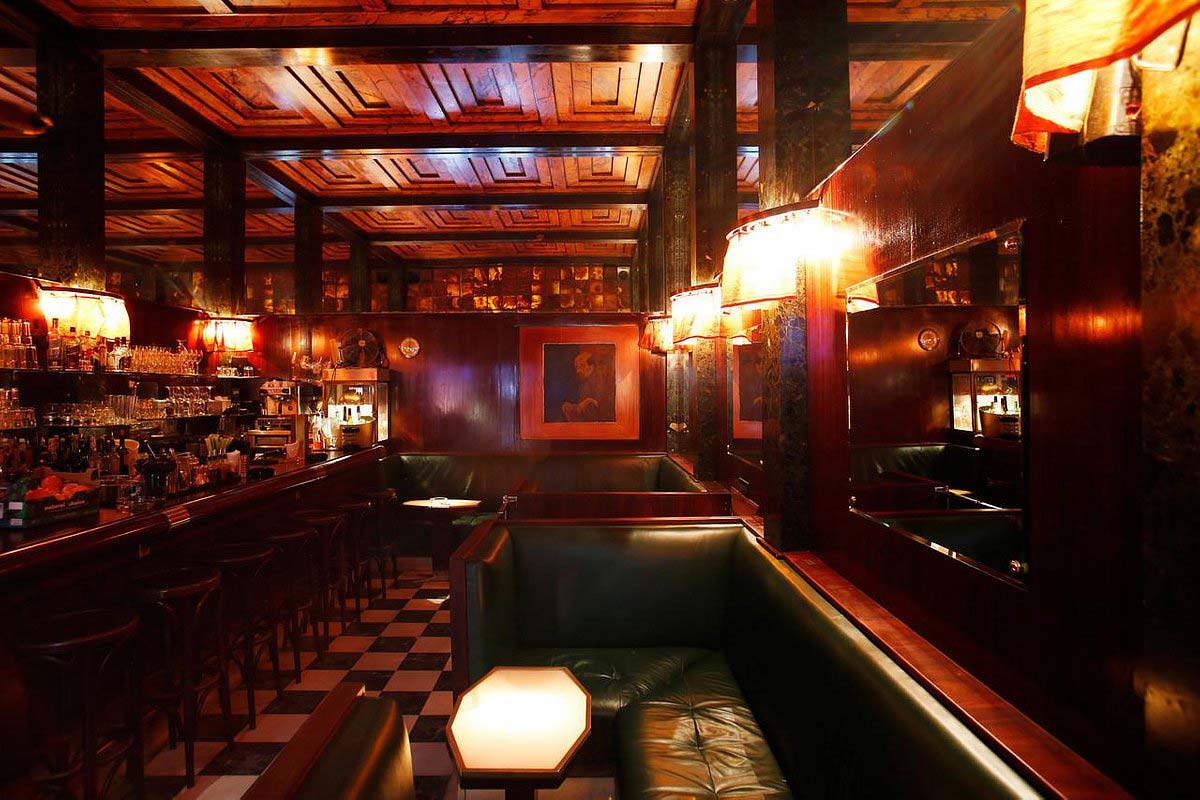
Another work by Loos worth seeing is the American Bar, which is always packed with local residents and tourists. This is an idea for a venue that has become an archetype. It has an area of just 27 square meters, in wood, glass, brass and onyx, skillfully applied to create a warm nocturnal atmosphere. The countless mirrors inside, never at eye level, make the place seem much bigger. Simply brilliant.

Campus of the University of Economics
Any architectural tour of Vienna has to include the campus of the University of Economics. It stands on an area larger than 12 football fields, with projects by various world-famous architects. They include Zaha Hadid, whose Library is immediately recognizable for its bold volumes overhanging the plaza. With its dynamic lines and the use of two different colors for the two orthogonal parts, the building is one of the symbols of the “new Vienna.”






